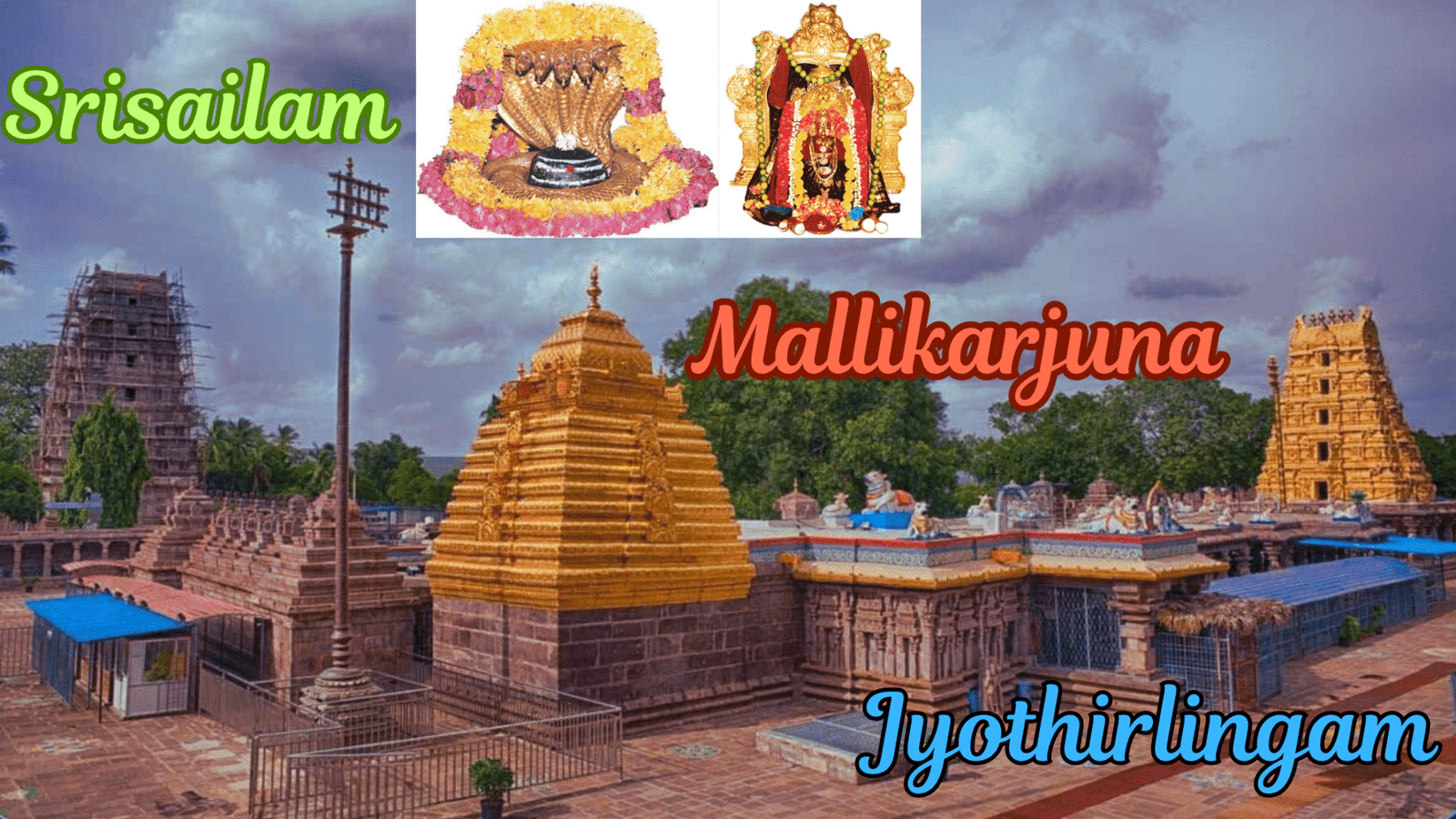Srisailam Mallikarjuna Jyotirlingam: The Second Jyotirlingam in the 12 Jyothirlinga Series
India is a land where myths, spirituality, and devotion converge in sacred shrines and ancient temples . Among the countless divine destinations, Srisailam Mallikarjuna Jyotirlingam holds a significant place. One of the twelve Jyotirlingas of Lord Shiva, this sacred temple in the serene Nallamala Hills of Andhra Pradesh attracts millions of devotees and pilgrims every year. Whether you’re a spiritual seeker, a history enthusiast, or a curious traveler, this guide offers everything you need to know about the Srisailam Mallikarjuna Jyothirlingam Temple—its history, legends, architecture, rituals, travel information, and more.
The Spiritual Significance of Srisailam Mallikarjuna Jyotirlingam
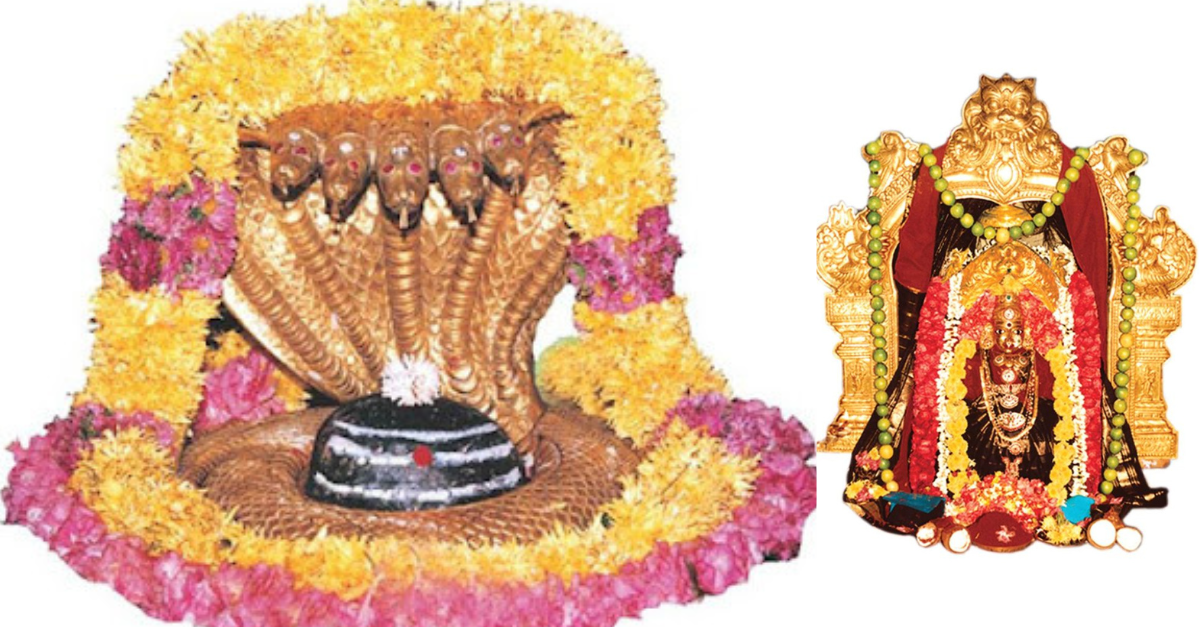
The temple of Mallikarjuna is revered as one of the Dwadasha Jyotirlingas, which represent the most sacred abodes of Lord Shiva across India. What makes this temple unique is the presence of Goddess Bhramaramba, a form of Goddess Parvati, making it the only Jyotirlinga shrine that is also a Shakti Peetha.
According to Hindu mythology, Lord Shiva took the form of a Jyotirlinga to reside on the Srisailam hill with Goddess Parvati. The divine couple blesses devotees with peace, salvation, and liberation from the cycle of birth and death.
Historical Background of the Temple
The Srisailam temple is not just a mythological marvel—it also has immense historical importance. The origins of the temple date back to the 2nd century CE. References to the temple can be found in ancient scriptures like the Skanda Purana, as well as in inscriptions of the Chalukyas, Kakatiyas, and Vijayanagara kings.
Over centuries, the temple received patronage from several South Indian dynasties who contributed to its development, renovation, and cultural preservation. The architectural elements reflect the influence of both Dravidian and Vijayanagara styles, making the temple an architectural wonder.
Architectural Splendor of the Mallikarjuna Temple
As you enter the temple complex, the first thing that strikes you is its majestic gateway (gopuram) and intricately carved stone pillars. The temple is built in a traditional Dravidian style with high towers, pillared halls, and sanctified courtyards.
Mythological Legends of Srisailam
There are several fascinating stories associated with this divine location:
1. Kartikeya’s Journey
One of the most well-known legends involves Lord Kartikeya, the son of Shiva and Parvati. When he was upset over his brother Ganesha’s marriage, Kartikeya left Mount Kailash and came to Srisailam. To console him, Shiva and Parvati manifested themselves here, thus sanctifying the land. Hence, the temple is considered a place of reunion and forgiveness.
2. Demon Tripurasura
Another tale speaks of the demon Tripurasura, who was defeated by Lord Shiva in the form of Mallikarjuna. It is believed that this powerful form was taken on the Srisailam hills, marking the area as sacred ground.
Main Attractions Inside the Temple Complex
Garbhagriha (Sanctum Sanctorum): Houses the self-manifested Shiva Lingam, worshipped as Mallikarjuna Swamy.
Bhramaramba Devi Temple: Adjacent to the main shrine, dedicated to Goddess Bhramaramba.
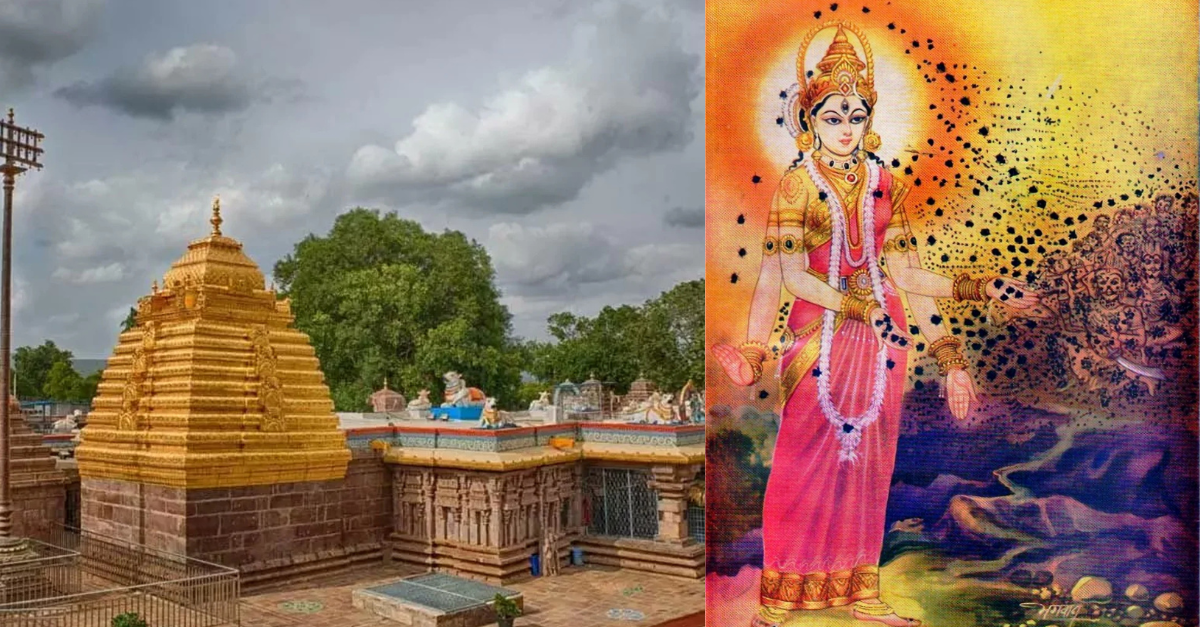
Mandapams and Halls: The temple boasts several mandapams with intricate carvings of deities, dancers, and mythological themes.
Pathala Ganga: A sacred spot where devotees take a dip before entering the temple.
The combination of natural beauty and man-made grandeur makes the Srisailam temple a visual and spiritual treat.
Religious Practices and Rituals
Devotees visiting the Srisailam Mallikarjuna Jyotirlingam take part in various pujas and rituals that are performed daily and during special festivals.
Daily Sevas
Suprabhata Seva – Morning awakening ritual.
Rudrabhishekam – Powerful Vedic chanting with water and sacred offerings.
Kumkuma Archana – Special offering to Goddess Bhramaramba.
Maha Nivedana – Grand food offering to the deities.
Festivals Celebrated
1. Maha Shivaratri – The most significant festival, attracting lakhs of pilgrims.
2. Navaratri – Celebrated with grandeur in the Bhramaramba temple.
3. Kartika Masam – Special rituals are performed throughout the month.
4. Ugadi and Sankranti – Traditional new year and harvest celebrations.
Each festival transforms the temple into a hub of color, music, rituals, and divine energy.
How to Reach Srisailam Mallikarjuna Temple
Srisailam Mallikarjuna Jyothirlingam temple is well-connected by road and is accessible from major cities in Andhra Pradesh and Telangana.
Location: Google Map
By Road
Hyderabad to Srisailam: 213 km (~5-6 hours)
Kurnool to Srisailam: 180 km
Vijayawada to Srisailam: 285 km
Regular buses operated by APSRTC and TSRTC are available. Private taxis and cars are also a comfortable option.
By Rail
Nearest railway stations:
Markapur Road (85 km)
Kurnool (180 km)
Hyderabad (213 km)
By Air
Nearest airport:
Rajiv Gandhi International Airport, Hyderabad (~195 km)
From the airport, you can hire a taxi or take a bus to reach the temple town.
Where to Stay in Srisailam
Srisailam offers a range of accommodations for all types of travelers:
Temple Guesthouses
Devasthanam Choultries
Srisaila Devasthanam Cottages
Affordable and clean lodging facilities offered by the temple trust.
Hotels & Resorts
Haritha Resort by APTDC
Punnami Resort
Private Hotels and Lodges
Tip: Book accommodations in advance during festival seasons to avoid last-minute hassles.
Nearby Attractions Around Srisailam
In addition to the temple, the surrounding region offers several places of interest for nature lovers and spiritual seekers alike:
1. Pathala Ganga
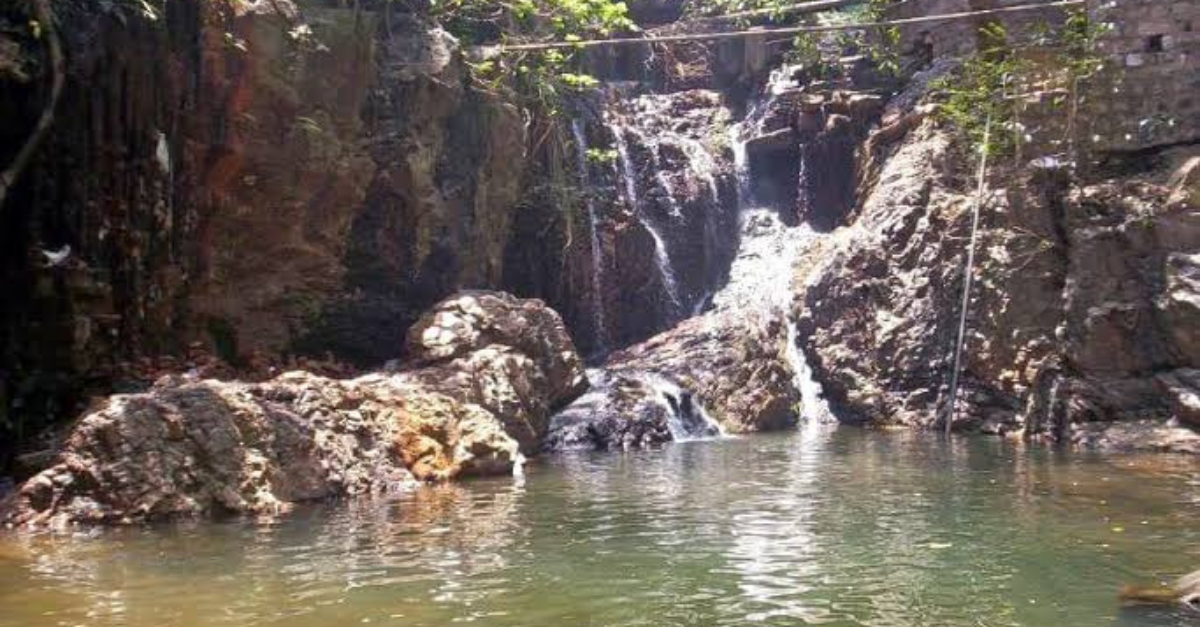
A sacred stretch of the Krishna River, accessed via steps or a ropeway. Ideal for holy dips and boating.
2. Srisailam Dam
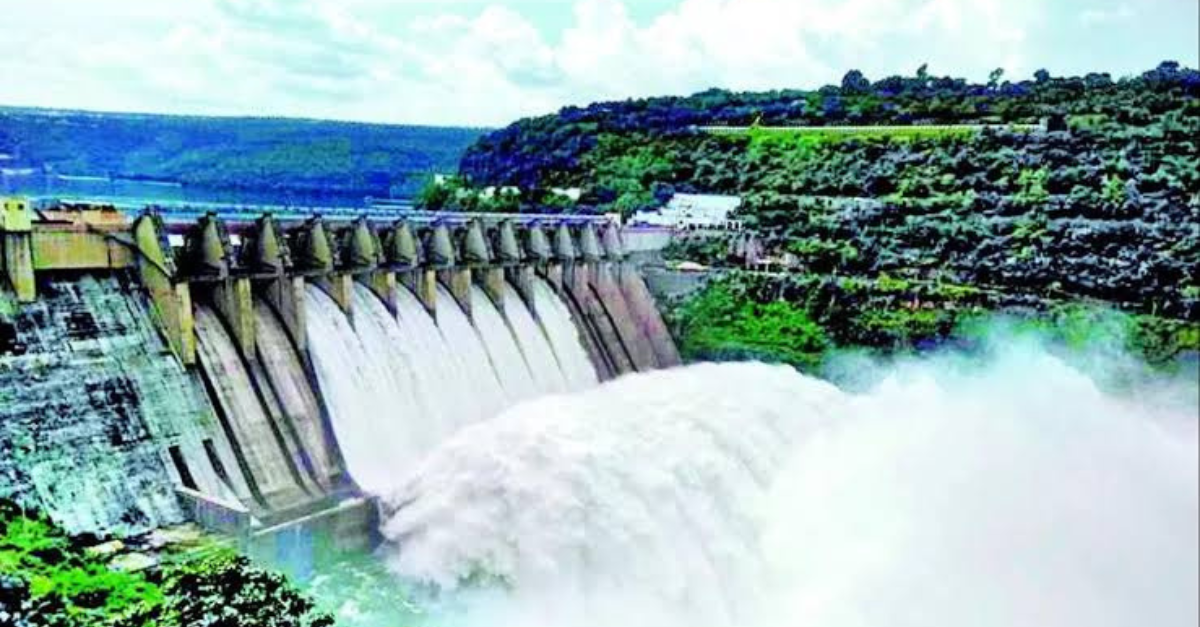
One of India’s largest dams, offering scenic views and boat rides.
3. Sakshi Ganapathi Temple
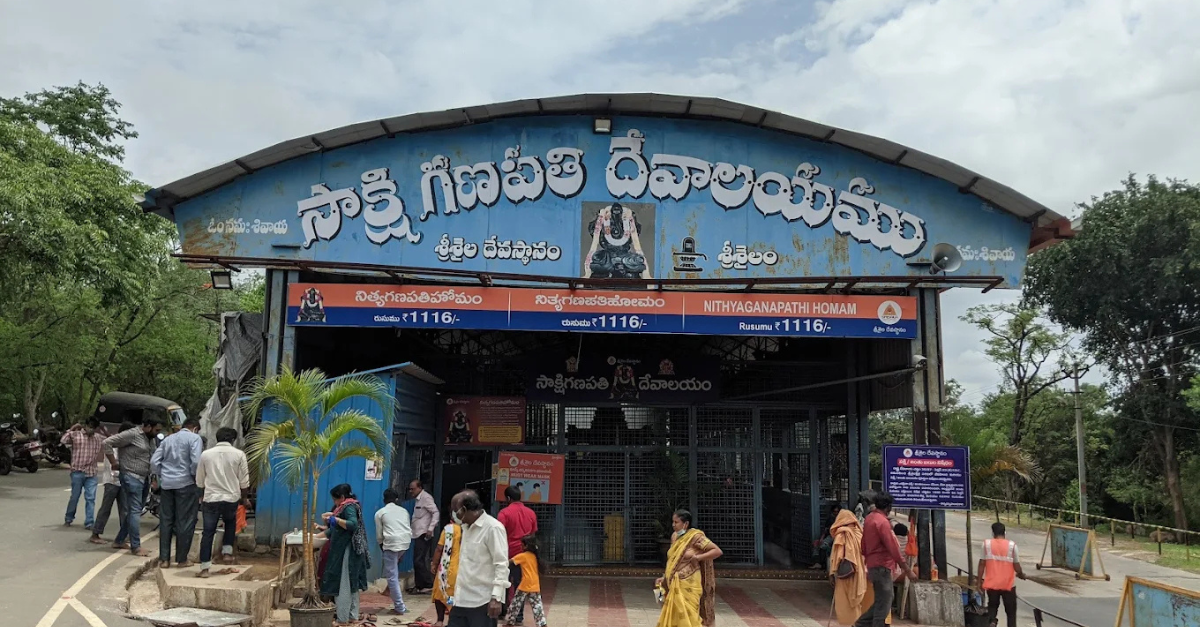
A small shrine where it is believed that Lord Ganesha keeps a record of all pilgrims visiting Srisailam.
4. Akkamahadevi Caves

Ancient caves are believed to have been used by the saint-poet Akkamahadevi for meditation.
5. Ishta Kameshwari Temple
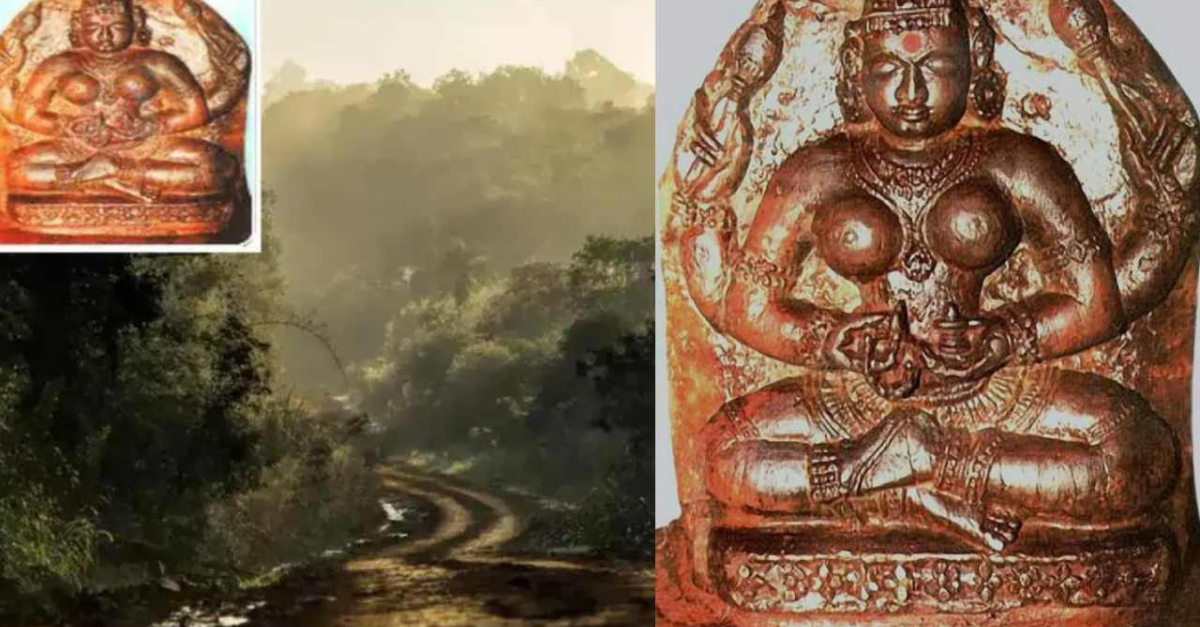
Located in a forested region, this shrine is known for fulfilling devotees’ desires.
Best Time to Visit Srisailam Mallikarjuna Jyothirlingam
While the temple is open year-round, the best time to visit is between October and March, when the weather is pleasant and ideal for sightseeing.
Seasonal Tips
Monsoons (July to September): Lush green surroundings but heavy rains can disrupt travel.
Summers (April to June): Can be hot and dry; not ideal for long treks or outdoor visits.
Winters (October to March): Perfect for pilgrimage, temple visits, and exploring nearby areas.
You may also like: Top 5 Monsoon Weekend Getaways from Hyderabad
Temple Timings and Darshan Information
The temple follows a specific schedule every day:
Opening Hours
Morning: 4:30 AM – 1:00 PM
Evening: 3:00 PM – 9:30 PM
Special sevas and VIP darshans can be booked online via the official Srisaila Devasthanam portal or at the temple counters.
Dress Code and Visitor Guidelines
To maintain the sanctity of the temple, visitors are advised to follow a strict dress code:
Men: Dhoti or Kurta-Pajama (avoid shorts)
Women: Saree, Salwar Kameez, or Churidar (avoid western wear)
Footwear is not allowed inside the temple premises. Devotees are encouraged to maintain silence, cleanliness, and respect sacred rituals.
Online Services and Donations
To facilitate pilgrims, the temple trust provides several online services:
E-darshan Booking
Seva Tickets
Accommodation Booking
Donations and Virtual Pooja
You can access these services at the official website: https://www.srisailadevasthanam.org
Tips for Pilgrims and Travelers
Carry Valid ID Proofs: Required for accommodation and special darshans.
Travel Light: The terrain involves steps and walking inside the temple complex.
Stay Hydrated: Summers can be harsh; carry water bottles.
Respect Rituals: Participate only if you understand the rituals or with the help of a guide.
Support Local Shops: Many stalls around the temple sell puja items, souvenirs, and local crafts.
Conclusion
The Srisailam Mallikarjuna Jyotirlingam is more than just a temple—it’s a divine destination where the soul finds peace, and history, mythology, and devotion blend seamlessly. A visit to this sacred place is not only a religious pilgrimage but also a transformative journey that connects you to India’s ancient spiritual roots.
Whether you’re drawn by the power of Lord Shiva, the legends of Goddess Bhramaramba, or the breathtaking beauty of the Nallamala Hills, Srisailam will leave an everlasting impression on your heart.
Make your travel plans, experience the divine, and let your soul resonate with the spiritual vibrations of Srisailam Mallikarjuna Jyotirlingam.


